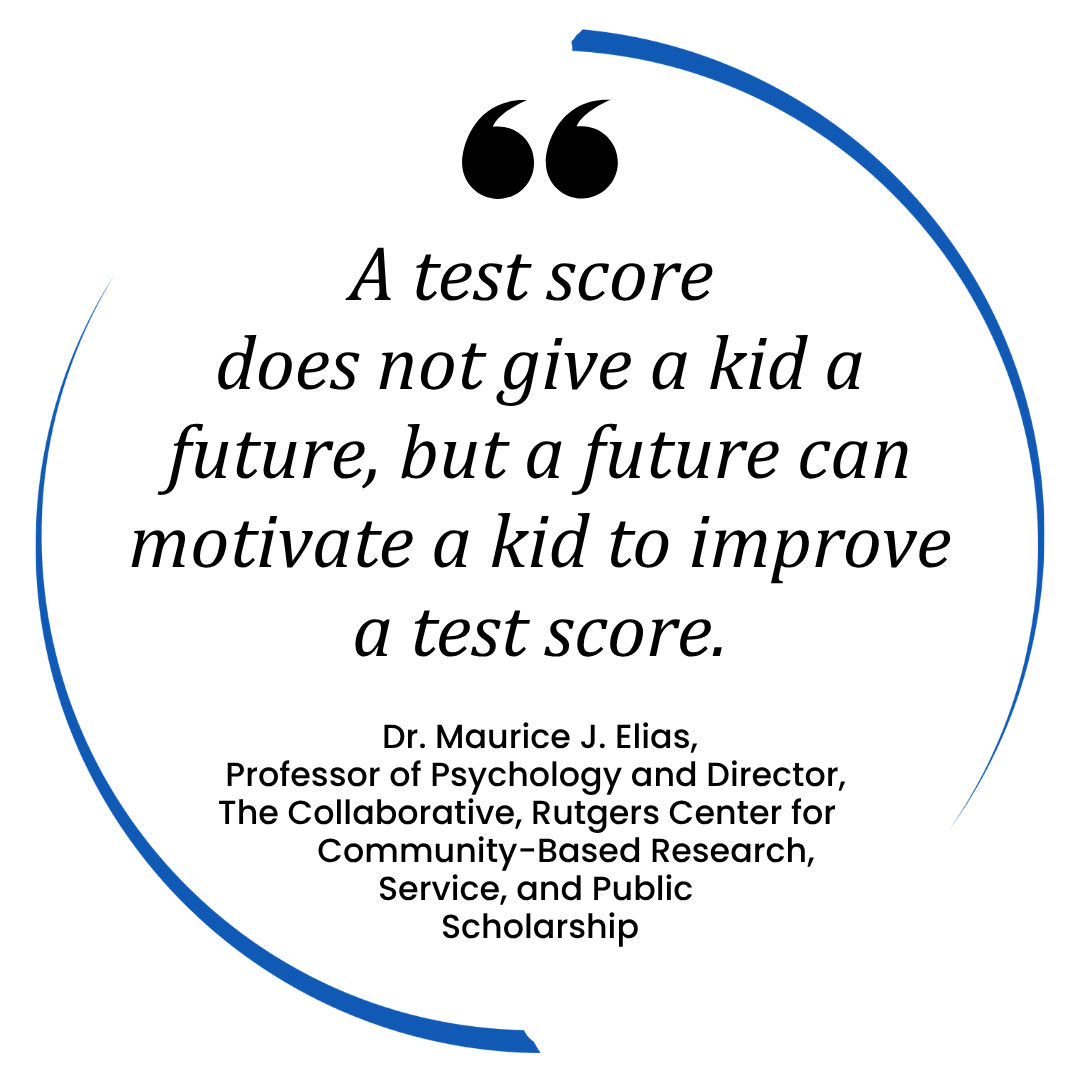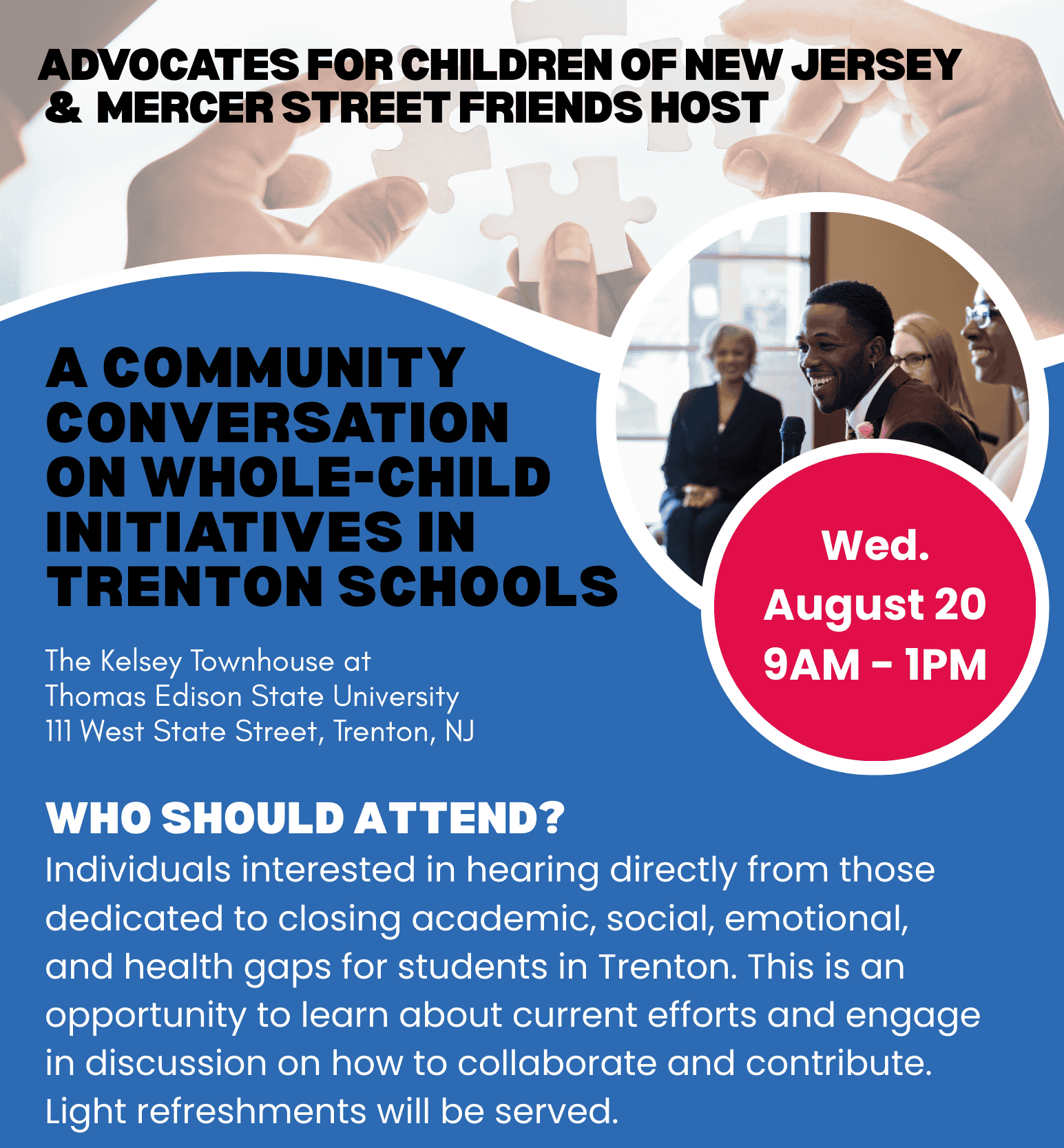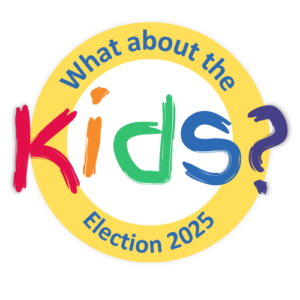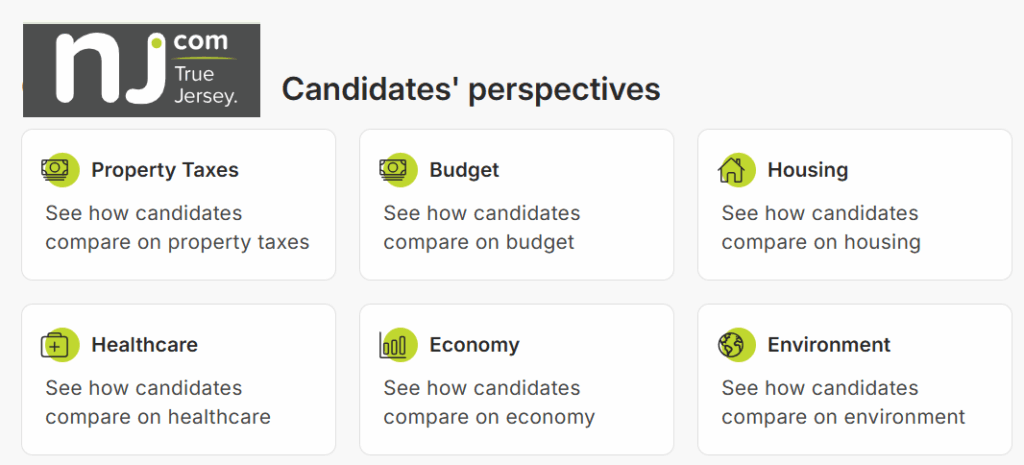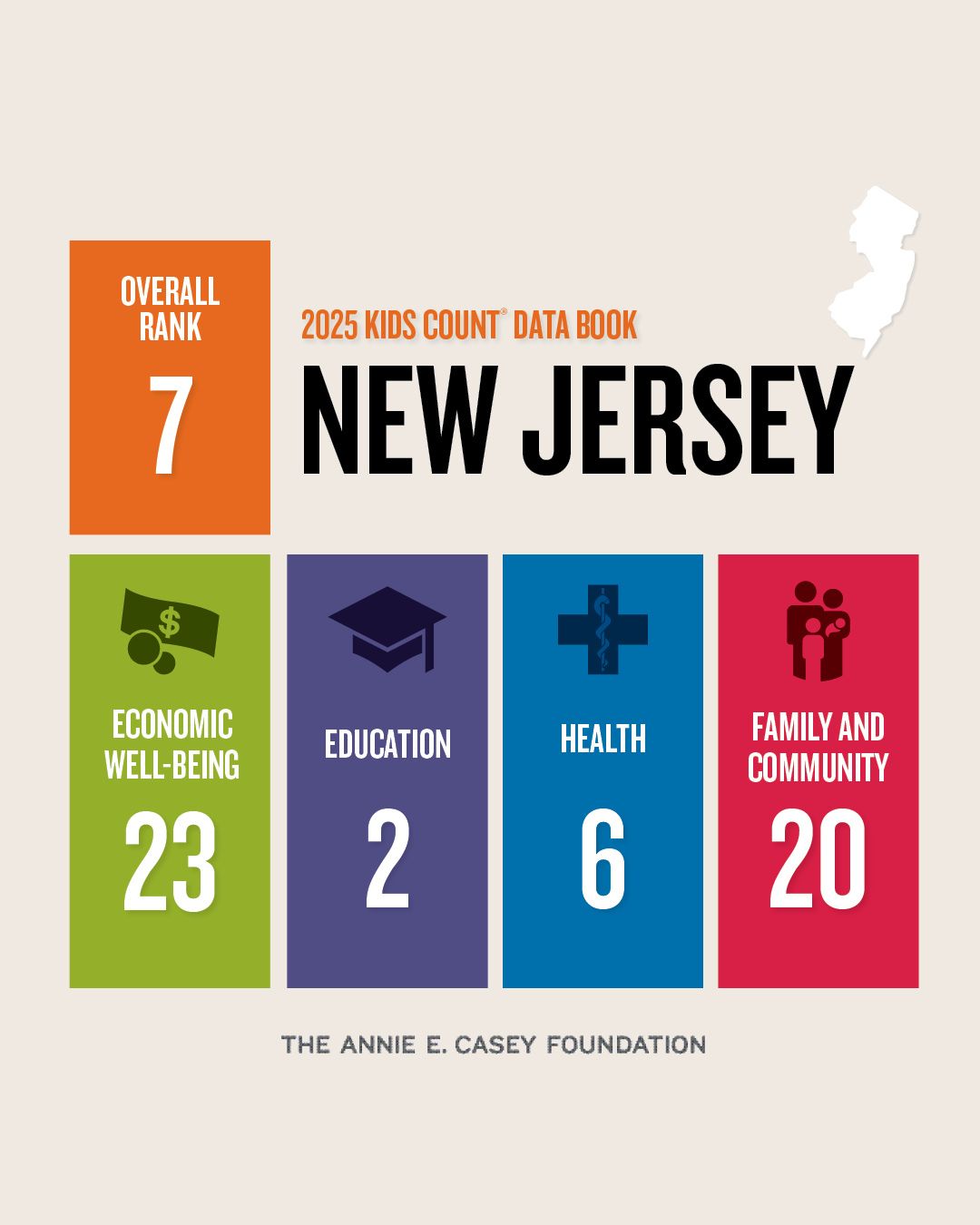Posted on June 23, 2025
Child Care is Everyone's Business

Director of Early Childhood Policy and Advocacy
For more information on this topic, contact Winifred at wsmith-jenkins@acnj.org.
Child care is not just a concern for families with young children–it’s everyone’s concern. Every child deserves a strong start in life. Every parent deserves the opportunity to work, go to school, and build a stable future knowing their child is being cared for in a safe and nurturing environment. But in New Jersey, child care is out of reach for far too many families, and it's costing us all.
This election year, voters have the power to demand action. It’s time to ask: What’s your plan to provide safe and stable care for all our babies?
The Real Cost of Inaction
Inadequate child care isn’t just a burden on families. It’s a billion-dollar public economic challenge:

Let's make children and their
families the center of the
2025 Election Campaign.
- Multiple studies have shown that high-quality child care for young children yields significant long-term economic benefits. New Jersey loses $3.6 billion every year in lost earnings, productivity, and tax revenue due to child care challenges (ReadyNation, 2023).
- Without reliable child care, parents miss work. Businesses suffer absenteeism, lose workers, and lose their investments in worker training. The economy measurably suffers, and New Jersey is less prosperous.
- Parents who cannot work because of lack of child care place additional, costly burdens on the social welfare system.
- Without reliable high-quality child care children are less safe and miss out on early learning that prepares them for school and adult life as citizens and contributors to the state’s prosperity.
What Families in New Jersey Need
New Jersey families need leaders who will:
- Expand access to affordable, high-quality child care.
- Invest in the child care workforce so providers can stay open and staffed
- Support family choice: from centers to in-home providers.
- Ensure funds reach those who need them most.
What Are the Types of Child Care in New Jersey
- State-funded preschool.
- Free, full-day programs for 3- and 4-year-olds in participating districts.
- Head Start and Early Head Start
Comprehensive early learning and family support programs for low-income families, serving children from birth to age 5 and pregnant women. - Child Care Centers
Licensed care for six or more children, typically offering structured learning environments for infants through school-aged children. - Family Child Care (Home-Based)
Small group care in a provider’s home. Some are registered and subsidy-eligible; others operate privately. - In-Home and Family, Friend, Neighbor (FFN) Care
Trusted individuals who provide care in the child’s home or their own. Some may be eligible for subsidies under specific requirements. - Summer Youth Camps
Seasonal care for school-aged children. Certified camps may qualify for subsidies.
Why Should Everyone Care?
Consider the impact on:
- Children
- Builds early brain development, social-emotional skills, and school readiness.
- Lays the foundation for lifelong success.
- Parents
- Supports participation in the workforce or higher education.
- Reduces stress and supports family well-being.
- Grandparents
- Allows older adults raising or helping raise grandchildren to pursue their own personal, health, or financial goals.
- Employers
- Increases employee retention, reduces absenteeism, and improves productivity.
- Strengthens the local workforce.
- Community and Economy
- Reduces future costs for education, health, and social services.
- Builds a stronger, more inclusive economy by supporting working families
Ensures all children, regardless of background, have a chance to thrive.
Why Public Investment Matters Now
- High-quality child care is too expensive for most families and unsustainable for most providers.
- On average, most centers in NJ operate around 70% of their licensed capacity. Many programs are operating below capacity due to workforce shortages and underfunding.
- New Jersey loses $3.6 billion every year in lost earnings, productivity, and revenue due to the lack of accessible child care (ReadyNation, 2023).
- Without public investment, parents, providers, and the economy will continue to suffer.
What You Can Do
- Partner with us and engage with candidates.
- Ask candidates:
“What is your plan to expand access to affordable, quality child care in New Jersey?” - Share your story to help others understand what’s at stake. Use #NJVotes4Kids on social media to join the conversation on making children’s issues a priority in the state elections.
- Support public funding for child care as part of a thriving, equitable New Jersey.
Need help finding child care or applying for financial assistance?
Visit www.ChildCareNJ.gov or call 1-800-332-9227.


